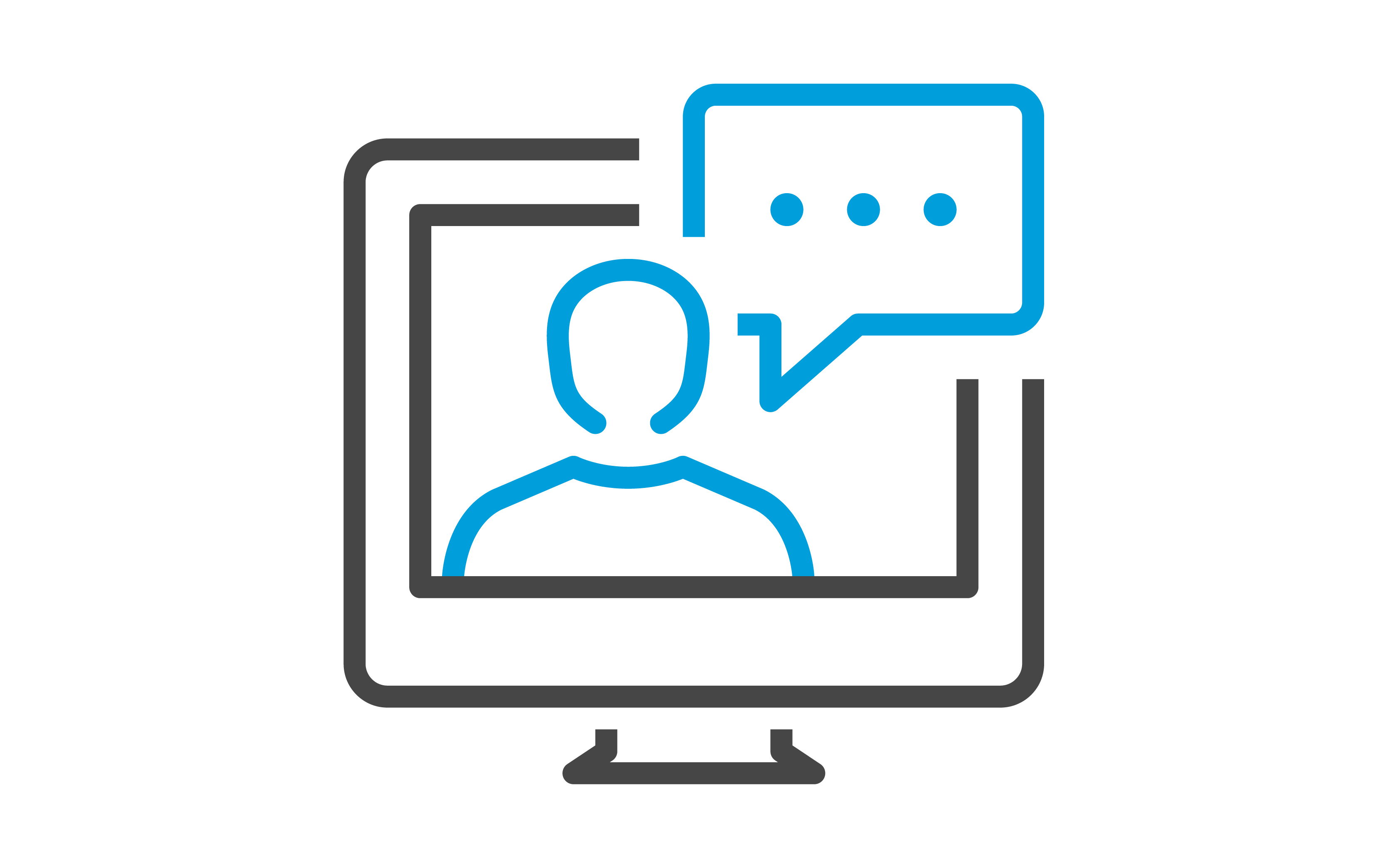Redesigning Training Programs for the COVID-19 Era and Beyond Design Consideration 3: Adopt Flexible Programming Models
October 14, 2020
This is the third design consideration of the Redesigning Training Programs for the COVID-19 Era and Beyond.
Because learners are dealing with a lot of uncertainty these days, programs should adopt flexible scheduling and delivery models that accommodate participants’ ever-changing day-to-day circumstances.

The pandemic has made people’s lives more unpredictable in multiple ways. Businesses are closing, then reopening again—and employees can’t be sure what that means for their schedules. Some people don’t know when—or even if—their furloughs will end. Some may be caring for family members. Schools are using hybrid models, so parents may have to juggle their own work and learning with the need to help their kids with online classes. If they adopt flexible models, training programs can help learners fit education and training into their unpredictable schedules by enabling them to work ahead when time permits and step back when life gets busy again.
Training providers that want to make their offerings more equitable and accessible can incorporate the following elements into their programs so that they’re better able to accommodate learners’ unpredictable schedules.
- Competency-based education models
- Modularized instruction—for example, breaking a 16-week course into four- or eight- week modules
- Use of simulations and interactive instructional technology to allow students to do lab-based instruction remotely and asynchronously
Patrick Henry Community College, Martinsville, Virginia: To make remote learning more feasible, Patrick Henry Community College increased its use of simulations for health-related career and technical education programs to replace some in-person lab instruction. For example, instead of requiring health care students to demonstrate skill mastery in-person in front of faculty, the college now allows them to use web cameras to record themselves as they perform tasks such as administering medications and taking vital signs.